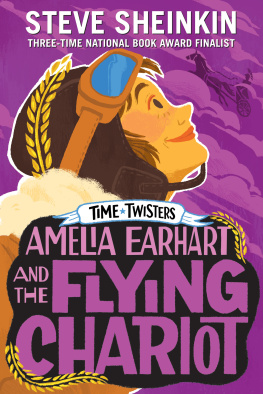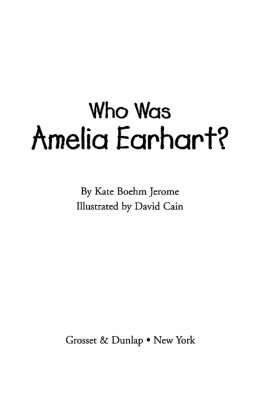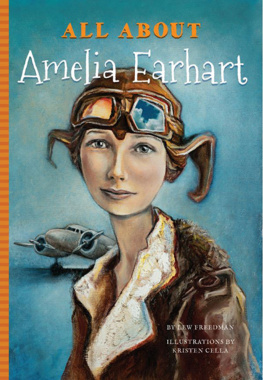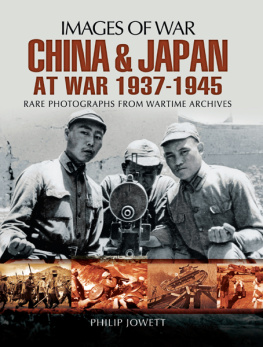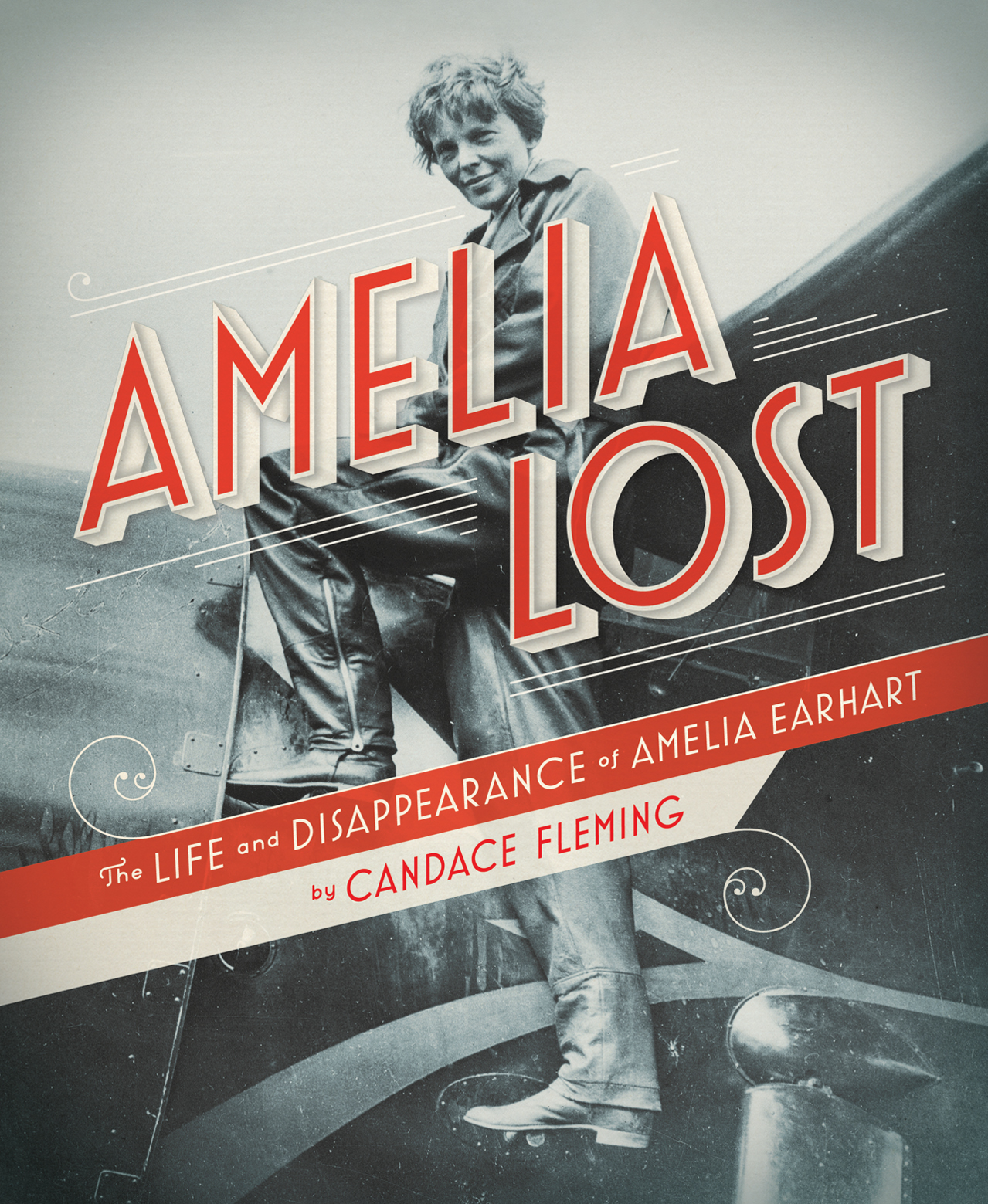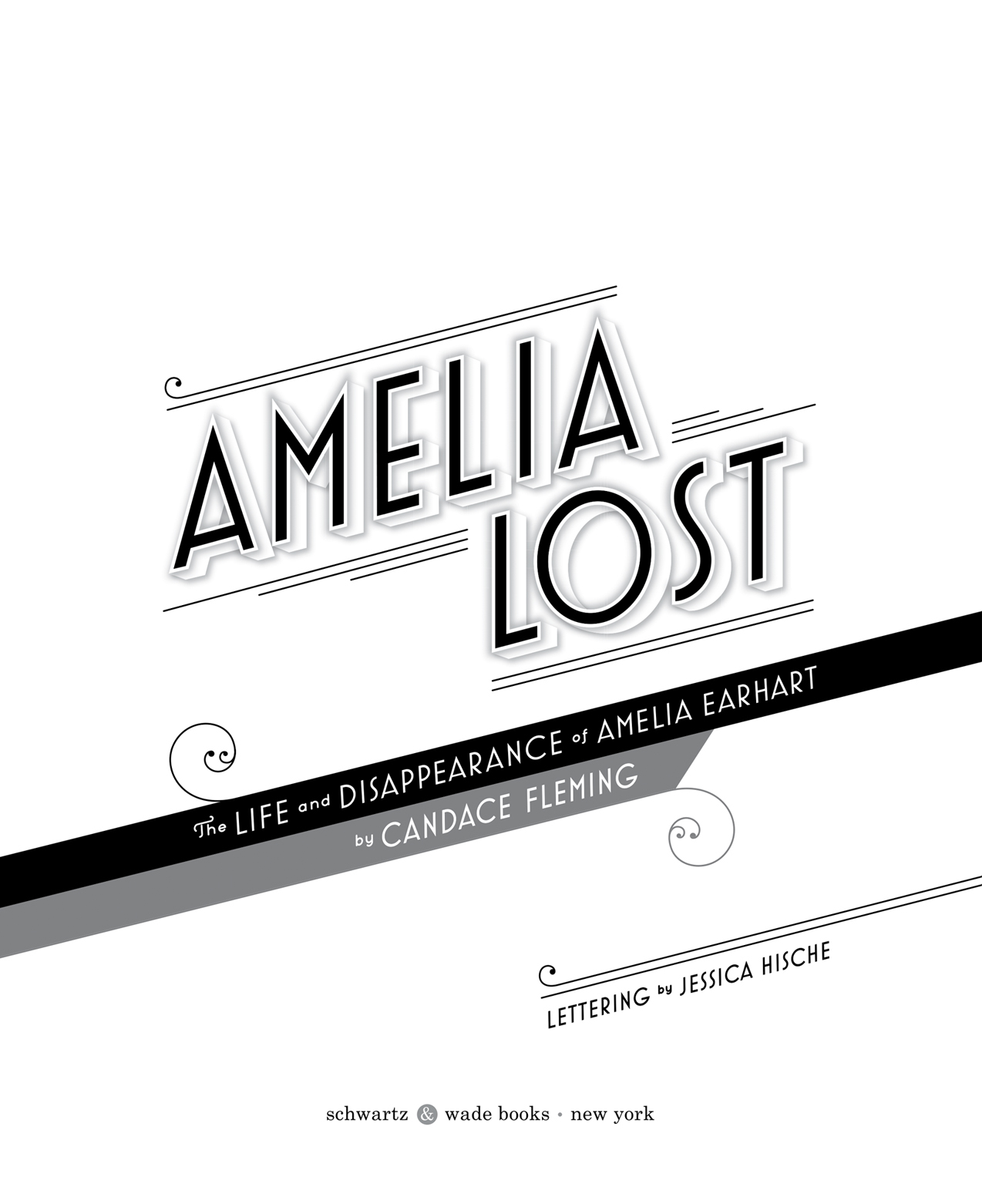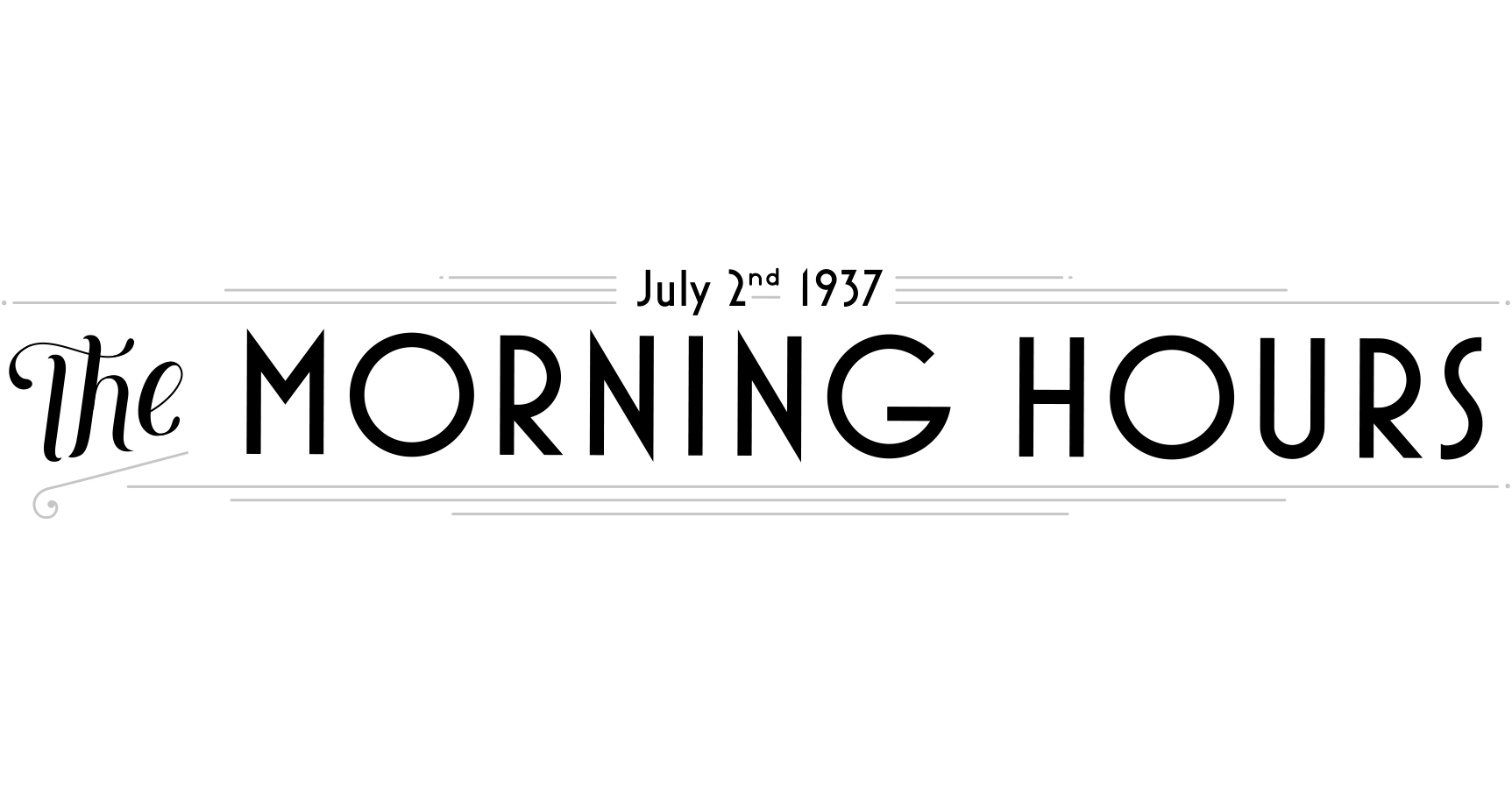Cover photograph provided courtesy of Purdue University, from Purdue University Libraries
The George Palmer Putnam Collection of Amelia Earhart Papers.
All rights reserved. Published in the United States by Schwartz & Wade Books, an imprint of Random House Childrens Books, a division of Penguin Random House LLC, New York.
Schwartz & Wade Books and the colophon are trademarks of Penguin Random House LLC.
Educators and librarians, for a variety of teaching tools, visit us at RHTeachersLibrarians.com
Fleming, Candace.
Amelia lost : the life and disappearance of Amelia Earhart / by Candace Fleming.
p. cm.
Includes bibliographical references.
ISBN 978-0-375-84198-9 (trade) ISBN 978-0-375-94598-4 (lib. bdg.)
1. Earhart, Amelia, 18971937Juvenile literature. 2. Women air pilotsUnited StatesBiographyJuvenile literature. 3. Air pilotsUnited StatesBiographyJuvenile literature. I. Title.
Random House Childrens Books supports the First Amendment and celebrates the right to read.
ACKNOWLEDGMENTS
No project can take wing without the help of a talented flight crew. My copilots on this adventure were:
Ric Gillespie, executive director of The International Group for Historic Aircraft Recovery (TIGHAR), who patiently answered my endless questions; generously allowed me unlimited access to his organizations remarkable collection of primary documents, scientific articles and historic photographs; and meticulously fact-checked the completed manuscript. I could never have uncovered the truth about the search for Amelia Earhart or reconstructed the day-to-day events without his boundless knowledge and expertise.
James ODonnell at the Smithsonian National Postal Museum, who burrowed through the archives to uncover a rare 1937 signed Amelia Earhart stamp cover.
Alan Sponheimer and the Ames Historical Society, whose admiration for Neta Snook and her place in aviation history translated to the pages of this book.
Diana Carey, reference librarian at the Schlesinger Library, who time and again found exactly what I was looking for.
Carl Snow, librarian, who guided me through the vast holdings of Purdue Universitys Special Collections, answering questions and hunting down photos.
Scott Fleming for his technical savvy.
And last but not least, my amazing editor, Ann Kelley, and my equally amazing book designer, Rachael Cole. Im blessed to have flown with you!
CONTENTS
NAVIGATING HISTORY
Sometimes its hard to tell fact from fiction. Time and again, I unearthed a telling incident or charming anecdote only to learn that it wasnt true. Frustrating? You bet. But it was also enlightening, a reminder that it is often difficult to find the history in the hype, to separate truth from myth.
And as I learned, much of Amelia Earharts story is myth. Take, for instance, the often-repeated story of the fliers first glimpse of an airplane. According to Earhart, this happened at the Iowa State Fair in 1908 when she was just eleven years old. It was a thing of wire and wood, she wrote in her memoir, The Fun of It. I was much more interested in an absurd hat made of an inverted peach basket which I purchased for fifteen cents.
Its a charming story.
But placed in the context of aviation history, it cant possibly be true. Just five years earlier, in December 1903, Wilbur and Orville Wright had made their first bumbling flight. For the next four years, the brothers had busied themselves refining their flying machine and applying for patents. Not until 1908 did they begin flying in public again, and neither of them flew anywhere near Iowa. Wilbur made demonstration flights in France, while Orville flew in Virginia for the U.S. Army Signal Corps. The only other flying being done at this time was by a Frenchman named Henri Farman, but his were only very short flights in a very straight line.
Why would Amelia make up such a story?
Because she was a celebrity with an image to maintain, and almost everything she told the public was meant to enhance that image. I must continue to be a heroine in the public eye, she once said, otherwise flying opportunities will stop rolling in. So Amelia Earhart (along with her husband, George Putnam) took an active role in mythologizing her own life. She led the public to believe that her famous tousled hair was naturally curly, when in fact she took a curling iron to it each day. She impressed the media with her quiet and demure attitude, when in truth she was forthright and outspoken. And yes, she occasionally told fibs. In short, she left behind layer upon layer of myth and legend.
For two years I chipped away at those layers. And the person I eventually uncovered surprised me. Amelia Earhart was so much more than a pilot. She was a savvy businesswoman (and cutthroat competitor when necessary); a popular lecturer; a fashion icon; the author of three books and countless magazine articles; a contributing editor at Cosmopolitan magazine and a correspondent for the New York Herald-Tribune; and a womens career consultant at Purdue University. But most important, she symbolized the new opportunities awaiting women in the twentieth century. Remarked Eleanor Roosevelt, She helped the cause of women by giving them a feeling that there was nothing they could not do.
ON THE MORNING OF JULY 2, 1937 , the coast guard cutter Itasca drifted on the Pacific Ocean, waiting... listening....
Hundreds of miles to the west, the famous female pilot Amelia Earhart was winging her way toward Howland Islanda narrow spit of coral sand just to the west of the ship. On this tiny dot of land, a handful of laborers had hastily built a runway just for Earhart, because she needed a place to land and refuel during the last leg of her around-the-world flight.



